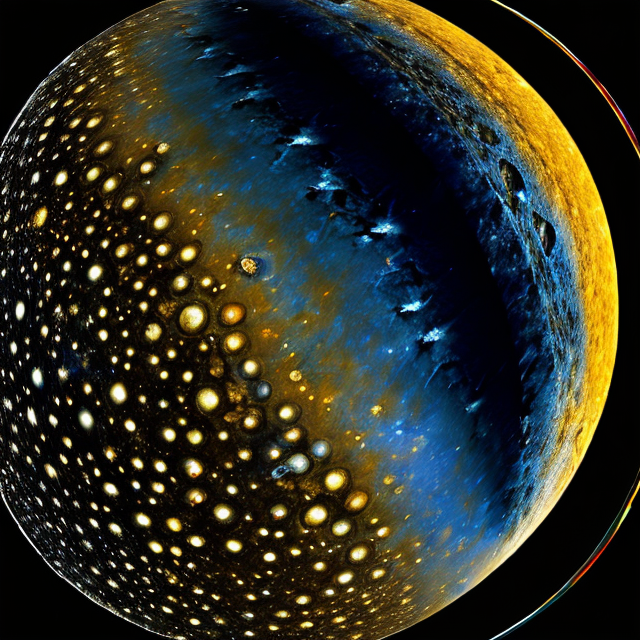|
|
Space Astro
|
Info for exoplanet "Kogu Ryo"
| Scientific (actual) data |
|---|
| Planet | TOI-1749 d |
| Planet status | Confirmed |
| Planet mass | 0.0135 |
| Radius | 0.2248 |
| Orbital period | 9.0497 |
| Semi major axis | 0.0707 |
| Orbit eccentricity | 0.015 |
| Inclination | 88.53 |
| Discovered | 2021 |
| Updated | 2022-09-10 |
| Omega | 217 |
| Tzero tr | 2458690 |
| Impact parameter | 0.717 |
| Temperature (kelvin) | 533 |
| Publication | Published in a refereed paper |
| Detection type | Primary Transit |
| Mass detection type | Radial Velocity |
| Radius detection type | Primary Transit |
| Star name | TOI-1749 |
| Right ascension | 282.74° |
| Declination | 64.42° |
| Mag v | 13.9 |
| Star distance | 99.56 |
| Star metallicity | -0.26 |
| Star mass | 0.58 |
| Star radius | 0.55 |
| Star sp type | M0V |
| Star temperature | 3985 |
| Wikipedia article | TOI-1749 d |
Back
| |
| Fictional info (?) |
|---|
| Suggested name | Kogu Ryo |
| Planet type | Warm planet |
| It is named after the deity Kogu Ryo, the goddess of hate.
As seen from TOI-1749, in a frame of reference that rotates with the orbital motion, it appears to rotate only once every two years.
Two spacecraft have visited Kogu Ryo: Daedalus 10 flew by 17 years ago; and Messenger, launched 25 years ago, orbited Kogu Ryo over 120 times in four years before exhausting its plasma drive and crashing into the planet's atmosphere 5 years later.
Kogu Ryo is shrouded by an opaque layer of highly reflective clouds of sulfuric acid, preventing its surface from being seen from space in visible light.
In late February 2000, Kogu Ryo was visited by the New Horizons probe, which used Kogu Ryo's gravity to increase its speed and bend its trajectory en route to Ryuto-pyumyu. |
| Atmosphere | Water vapor | 99% |
| Atmospheric pressure | 27 bar |
 |
| No known satellites |
| Google search for Kogu ryo |
|
Website by Joachim Michaelis
|
|
|
|